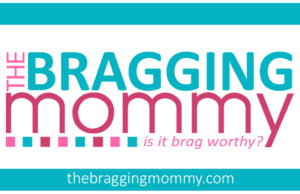
When your child is diagnosed with scoliosis, it often raises more questions than it answers. You’re wondering how serious it is, what caused it, and what you can do to help. If you’ve already started reading about treatment options, don’t worry if you feel overwhelmed. There are many new medical terms to learn, not to mention a potentially huge decision looming about whether to seek surgery for your child. However, before we think about the most extreme outcome, it’s important to remember that not every case of scoliosis leads to surgery, or even a brace. For many kids, exercise can be just as clinically effective.
Why Movement Matters for a Growing Spine
A developing spine is more flexible than a fully formed adult one. Certain types of movement can help strengthen the muscles around the spine to improve posture and slow down curve progression. Many parents prefer to explore exercise as a treatment option first because there are naturally fewer risks involved with this non-invasive route. It’s a more gentle approach that focuses on helping your child feel more comfortable, confident, and in control of their body.
What is the Schroth Method?
As Dr. Mark Morningstar explains, our body has two control mechanisms that we can train with physical therapy. The primary control mechanism is what you might consider our body’s autopilot control, also called muscle memory. The second is intentional, conscious control, or a sort of manual override system. “The main objective is to retrain that autopilot setting,” they said of the Schroth Method exercises.
Unlike general stretching or workouts, Schroth exercises are tailored to help your child’s specific spinal curve pattern. They focus on improving posture, breathing, muscle balance, and general body awareness. Over time, the body retrains bad postural habits that arise from dysregulated spine and torso musculature. This method is especially useful for kids and teens who are still growing. Most of the Schroth exercises can be done without any fancy equipment, too—so you can do them with your child daily at home.
What Real-World Results Can Look Like
While every child is different, and effective healthcare plans are highly personalized, many children with scoliosis respond fantastically to prescribed exercises. Benefits include:
- Less physical pain
- Better posture
- Improved balance
- A deeper connection with their body
- A better understanding of how their body moves
- A sense of control in a situation that feels uncertain or scary
In some cases, consistent exercise can help a child avoid the need for bracing or surgery completely.
How to Get Started
If you think your child might benefit from exercises for scoliosis, talk to your pediatrician first. They should be able to refer you to a physical therapist who specializes in scoliosis. If you prefer, you can also request a clinician trained in the Schroth Method.
Endnote
Scoliosis does not necessarily mean bracing or surgery. Regular controlled movements can strengthen muscles for better posture, stability, and mobility. From managing symptoms to improving spinal alignment, there are so many potential benefits. Ultimately, exercise can produce excellent clinical outcomes while also empowering your child along their scoliosis journey.


